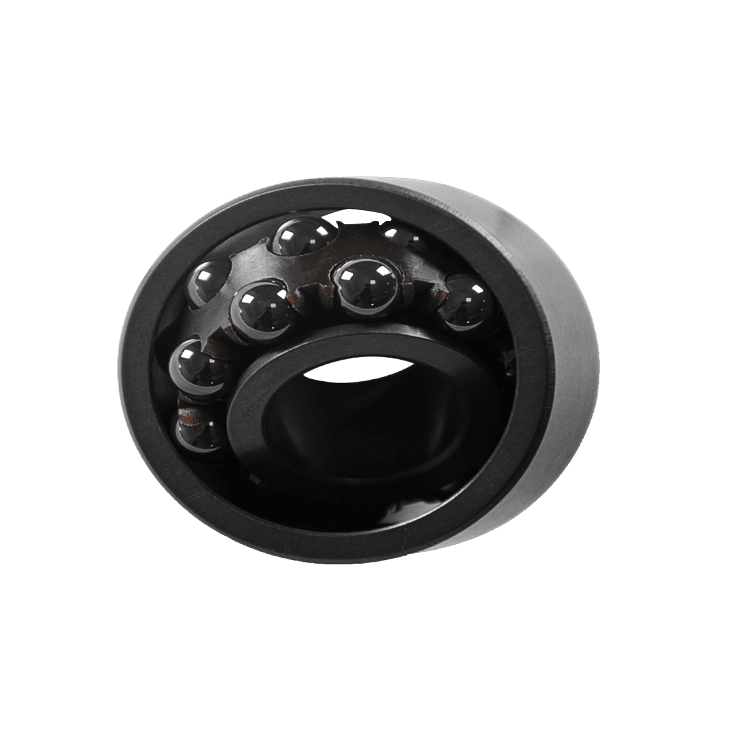Welcome to Tarso, professional special bearing manufacturer
A bearing consists of three main components: rings, rol […]
A bearing consists of three main components: rings, rolling elements, and cages. Without one or more of these components, a bearing cannot roll smoothly. A crucial component is bearing oil, which is used to reduce friction between the rolling elements. These oils are vital in a bearing, as the metals used to make them may otherwise not rotate smoothly. This is why an oil-filled bearing is a great choice for high-speed applications.
Non-sealed bearings are usually equipped with an oil or grease cup, making them easier to lubricate. This type of bearing was common in the past, but has been replaced by the more modern, sealed versions. In fact, automotive chassis were once subject to regular lubrication jobs. Today, the majority of automotive components are sealed for life. Industry once relied on oilers to frequently lubricate their machinery.
False brinelling is an effect caused by an abrasive or vibration. This happens when a static bearing is subjected to high vibration. This produces a layer of iron oxide, which acts as a lapping compound. As a result, the bearing may develop a wavy pattern. When the abrasive and vibration are combined, the effect is similar.
The three main components of a bearing are the rollers, the shaft, and the outer ring. The plain bearing uses a PTFE liner on the interface. The liner serves as a lubricant and can be tuned using filters. The three main components of a bearing differ in terms of their stiffness and friction. A simple example of this is a hinge motion. A bearing is usually a complex, multi-component assembly, with many moving parts.
The two most common types of bearings have an outer ring and an inner ring. These are connected by a housing. In a thrust bearing, the outer ring has a race inserted into it. These types are designed to support a force applied along the shaft. Thrust bearings are also known as thrust bearings, as they support forces in the same direction as the shaft. They can be either hex or tapered.
Ball bearings are the most common type of bearing. They are made of balls and radial races. Radial ball bearings are designed to carry loads perpendicular to the axis of rotation. Cylindrical roller bearings use cylindrical rollers. They can withstand heavy loads and are used in machine tools. They are usually made of steel or stainless steel. They have many different uses and are a great option for high-speed applications.
Ball bearings have two races: the inner and outer races. The outer race is stationary and the inner one is free to rotate. Ball bearings have limited load-carrying capacity due to their small contact area. A flexure bearing supports a bendable load element. It also has different rubbing surfaces. Some types of ball bearings use lubrication, while others behave similarly to fluid bearings.
